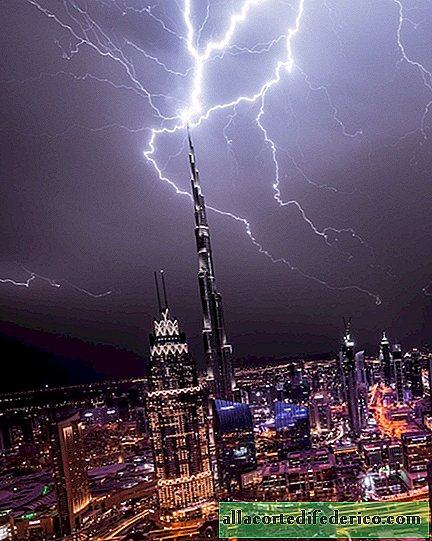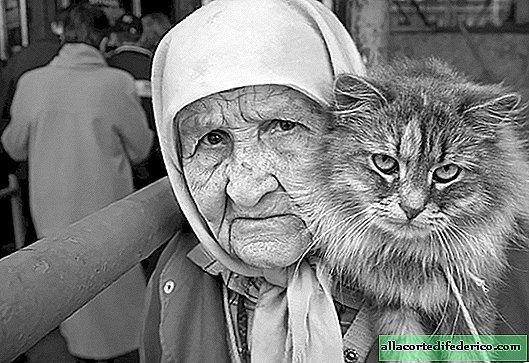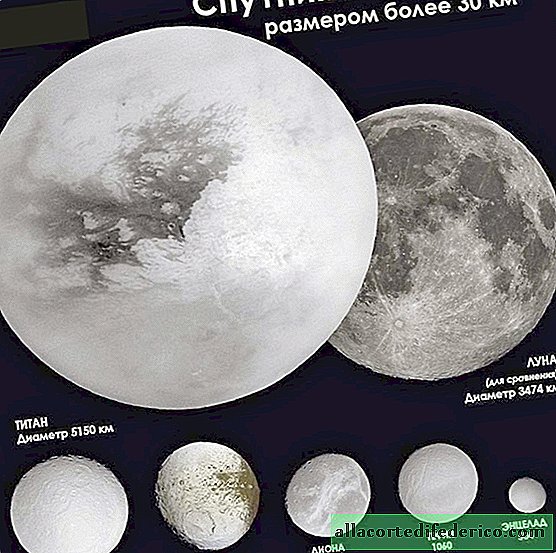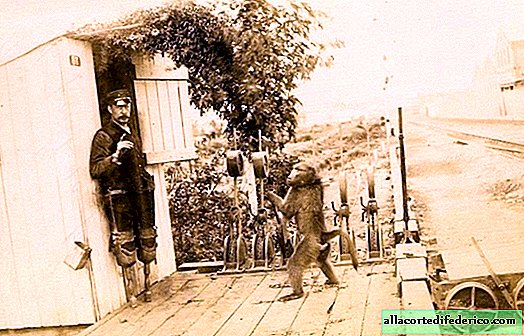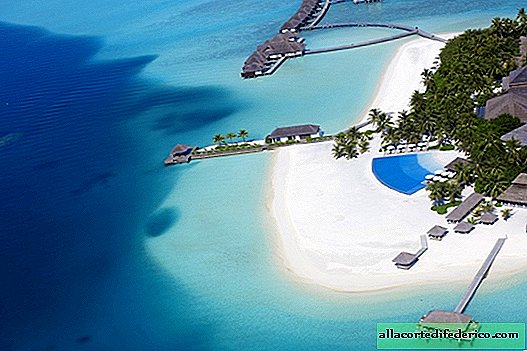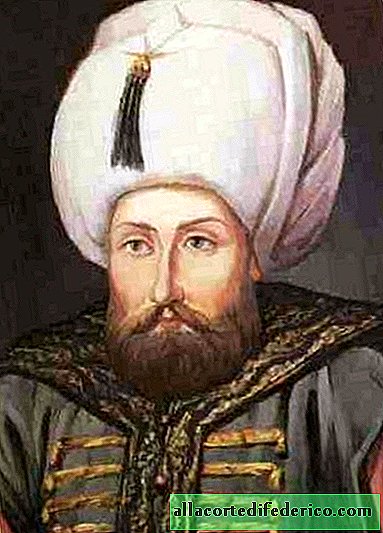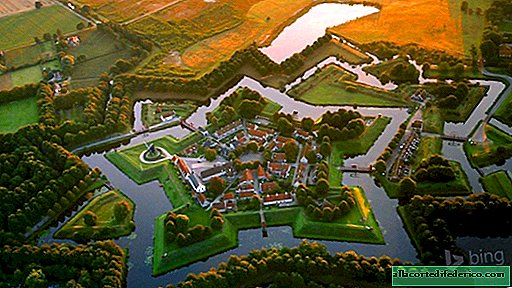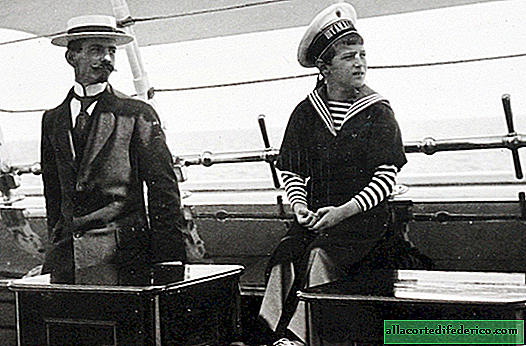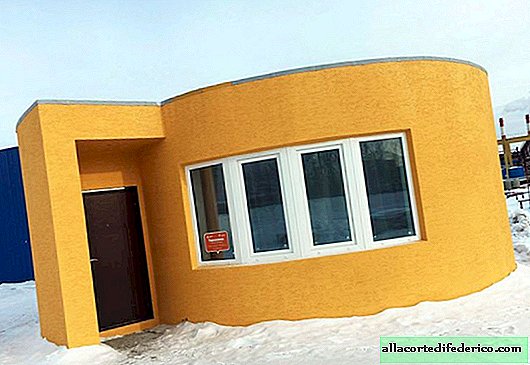Descendants of the Russian Empire: how many Russians remain in Alaska
This year marks exactly 150 years since the moment when the territory of Alaska passed under the jurisdiction of the United States. After the Russian Empire sold its American possessions, most of the locals left Alaska. But there were those who decided to stay: Russian old-timers, representatives of indigenous peoples and their descendants from mixed marriages. For them, Alaska was a house that they did not want to leave, and their descendants still live here.

The Russian language has long been one of the factors of self-identification of the local population. At first, newspapers in Russian were even published here, and the government of the Russian Empire financially supported the Orthodox community. The schools continued to teach in Russian, and until 1884, local residents did not feel any significant changes. But then everything changed. The US government began to pursue a tough nationalist policy aimed at eradicating the Russian language, and indeed all other languages of the indigenous population in Alaska. Bans were introduced on the use of the Russian language in schools, and by 1912 all educational institutions in which they taught in Russian and Aleutian languages were closed.

But the Russian language still existed in Alaska, and up to the middle of the 20th century, one could hear Russian speech on the streets of some settlements and in the family circle. It was mostly spoken by older people. The situation changed with the arrival of new Russian immigrants in the 1960s. Oddly enough, the Old Believers were the basis of Russian-speaking migrants. Having left the Russian Empire at the beginning of the 20th century, they first settled in China, on the territory of Manchuria, then were forced to move to the countries of South America, and from there fate brought them to Alaska. It seems they finally found their home here.

The number of Russian-speaking migrants also increased after the collapse of the USSR. Many of them joined the Russian-speaking community in Alaska, while others disappeared into the American world. Nevertheless, according to experts, today there are about 10,000 people who, to one degree or another, consider themselves Russian.
As for the Russian language itself, in Alaska it is represented by several options, depending on when its native speakers arrived in the state. First of all, it is the Old Russian language spoken by the first Russian settlers who came here in the 18th century. It is not much different from the language variant of the time, but today it is only spoken by older people in some localities in Alaska, and it will soon disappear.

The second variety of the Russian language is the language of the Old Believers. It is more similar to modern Russian and resembles the form of a language that was widespread in the Russian Empire at the beginning of the 20th century. It is spoken in the families of Old Believers, and also taught in Old Believer schools, of which there are three in Alaska. It is interesting that in these schools the main language in which children are taught is the Old Slavonic language of the Old Believers, and only from the third grade is the study of English. Today in Alaska there are several settlements where only Russian Old Believers live. This is Nikolaevsk with a population of 300 people, Ninilchik (200 people) and others. Mostly they housekeeping and earn a living by fishing, which is a profitable business in these parts. Each family has boats, boats and several cars.

Well, the third variety of the Russian language is a completely modern Russian language, which is spoken by migrants from Russia, Ukraine, Belarus and other post-Soviet republics.
Interestingly, some residents of Alaska have two variants of the name: Russian and an American similar to it. But the Russian language can be found not only in the names and surnames of the inhabitants of the northernmost state, it is preserved in toponyms. These are the geographical names of settlements, bays, islands, mountain peaks, lakes and rivers.

In recent years, the US government has changed policies regarding the non-English-speaking population of the country. There is growing interest in Russian culture and language in Alaska, as well as the indigenous peoples of this territory. Art groups appear performing Russian songs and dances.

According to recent data, of the 700,000 people in Alaska, only 1.5% have Russian roots. As for the religious affiliation of the population, Alaska has the highest Orthodox rate in the United States - 13%.

Despite the considerable time that has elapsed since the moment when this territory was part of the Russian Empire, there is still a lot to recall about the Russian past. Apparently, it was no coincidence that during the official transfer of power in 1867 at the administration building in Novoarkhangelsk (modern Sitka), the flag of the Russian-American company got stuck and could not be lowered for a long time to be replaced with an American one.


